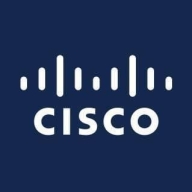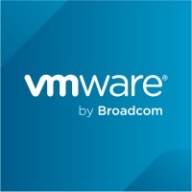

Find out what your peers are saying about Nutanix, Broadcom, IBM and others in Cloud Management.
| Product | Market Share (%) |
|---|---|
| Cisco UCS Director | 1.7% |
| VMware Aria Automation | 9.4% |
| Morpheus | 7.0% |
| Other | 81.9% |
| Product | Market Share (%) |
|---|---|
| vCenter Orchestrator | 0.4% |
| Camunda | 21.8% |
| Temporal | 7.2% |
| Other | 70.6% |


| Company Size | Count |
|---|---|
| Small Business | 4 |
| Midsize Enterprise | 1 |
| Large Enterprise | 11 |
| Company Size | Count |
|---|---|
| Small Business | 18 |
| Midsize Enterprise | 13 |
| Large Enterprise | 20 |
Cisco UCS Director enables automated delivery of physical and virtual data center resources, empowering data centers to move at the speed of business.
VMware vCenter Orchestrator simplifies the automation of complex IT tasks and integrates with VMware vCloud Suite components to adapt and extend service delivery and operational management, effectively working with existing infrastructure, tools and processes.
We monitor all Cloud Management reviews to prevent fraudulent reviews and keep review quality high. We do not post reviews by company employees or direct competitors. We validate each review for authenticity via cross-reference with LinkedIn, and personal follow-up with the reviewer when necessary.